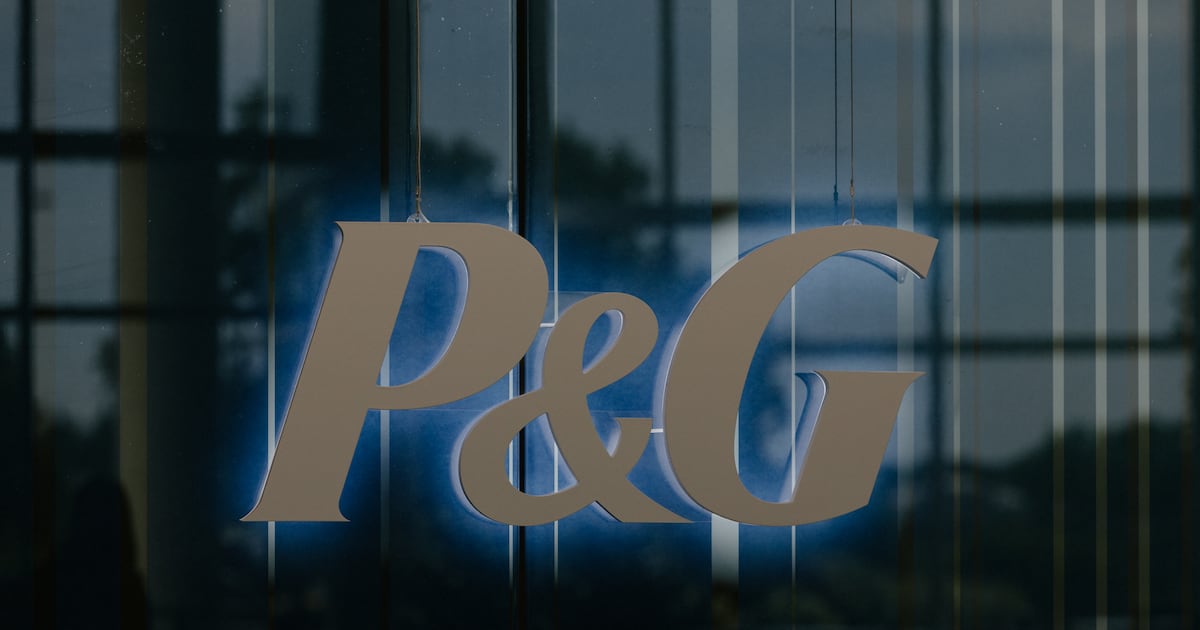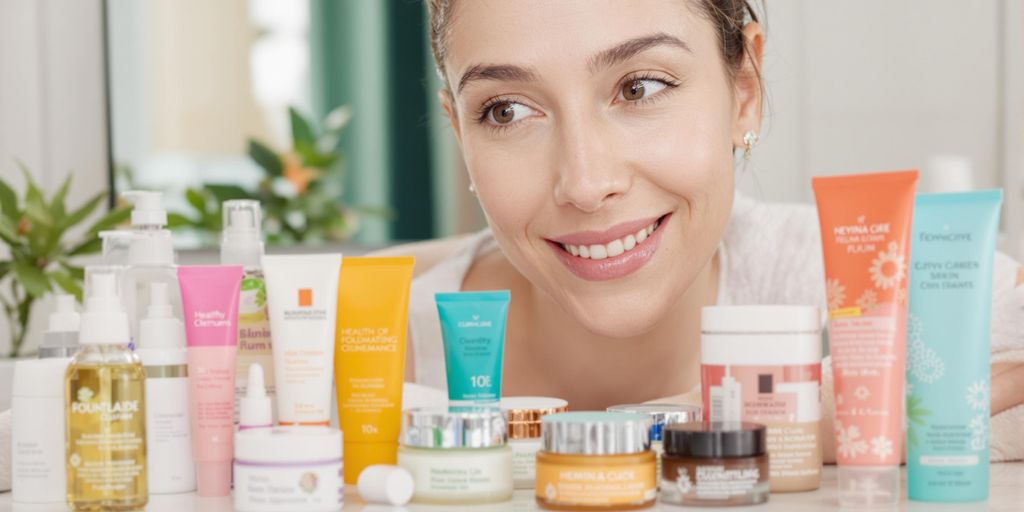Procter & Gamble Co. recently disclosed a sluggish rate in its sales growth for another quarter, mainly due to minor price increases and weak sector performance, particularly in skin and baby care. The corporation reported a mere 2% rise in organic sales in the fiscal first quarter ending September 30, a rate underperforming analysts’ projection of a 2.1% increase. The flat average price rise of 1%, similar to the previous quarter, fell short of the upward trend seen a year ago.
P&G’s beauty category unpredictably under-performed, primarily due to a steep decline in skincare sales and lower volumes caused by the premium SK-II brand’s weak performance in China. However, P&G’s fabric and home care unit, which includes Tide laundry detergent, exceeded expectations due to higher volumes. P&G shares’ market performance in the early trading session on Friday witnessed a 1.2% drop after adjusting for the dividend right. Despite this setback, the shares gained 18% so far this year, lagging behind the S&P 500’s 22% rise.
Weakness principally emerged within the Middle East and China markets, P&G says. Current financial situations suggest a degree of stability from the last quarter, when growth fell shy of Wall Street’s expectations by a greater margin. The management is confident of future growth and has maintained its target for revenue and earnings, inclusive of organic sales growth by 5% for the current fiscal year.
The corporation’s Chief Financial Officer Andre Schulten expressed concern over a relatively softer quarterline, attributing the weak performance in China and the Middle East as significant contributors. These challenging conditions notwithstanding, he believes in the sturdy foundation of the business at its core. He recognizes the tough challenge ahead for P&G to return to the rapid growth rate it enjoyed in previous years, particularly that China remains a significant obstacle for consumer-goods manufacturers.
In a bid to improve overall business performance, P&G has been focusing on premium items like full-body deodorants and body-specific razors. With these new products and features, the company can afford pricing flexibility. Schulten positively noted that pricier items, such as Oral-B’s electric toothbrushes, are faring well. The company is also planning to introduce a new lower-priced version aiming to appeal to a larger consumer basis.
The results of the first quarter for adjusted gross margin, measuring profitability, met expectations, regardless of unfavorable commodity costs. While there is a noticeable slowdown in price increases, Schulten does not anticipate price declines any time soon. In the baby care product category, there has been a decrease in volumes during the quarter. In response, P&G recently launched an improved version of its Luvs baby diapers, which is marketed as being softer and more absorbent.
Additionally, in China, P&G aims to implement a more targeted approach to advertising. Beyond skincare, there were other sectors of sluggish performance in China, including oral care. Schulten voiced concerns about consumer sentiment that remains negative in China, relating it to reasons such as a large portion of individual net worth tied to the stock and real estate markets, making consumers more cautious about their spending.





![“Kerassentials Review” : [My Updates Reviews 2024] — Does It Work & Is It Safe? 4 049e8bfe 6112 4c16 aa9b b331dee37d90 “Kerassentials Review” : [My Updates Reviews 2024] — Does It Work & Is It Safe?](https://beautinews.com/wp-content/uploads/2024/10/049e8bfe-6112-4c16-aa9b-b331dee37d90.jpg)